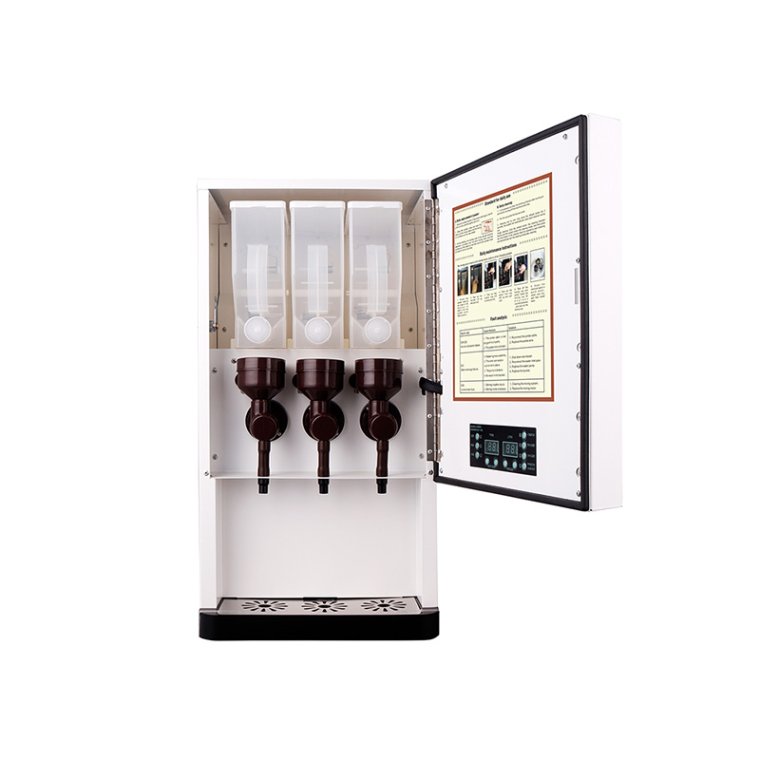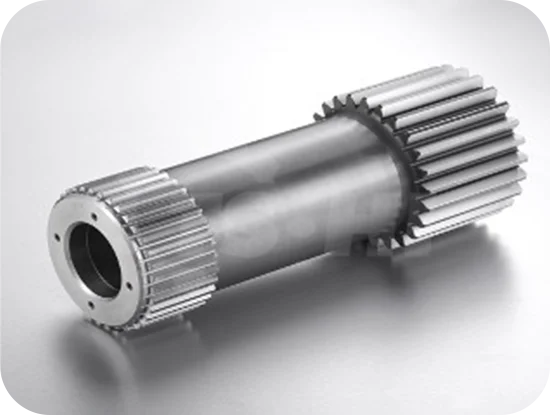
In the realm of technology, the terms 'appliances' and 'electronic gadgets' are often used interchangeably. However, these two categories of devices have distinctive characteristics and functionalities that set them apart. This article aims to provide an in-depth analysis of the differences between appliances and electronic gadgets, shedding light on their unique features, uses, and impacts on our daily lives.
Appliances, also known as home appliances or domestic appliances, are electrical or mechanical machines that assist in household functions such as cooking, cleaning, and food preservation. They are typically large, stationary, and designed for long-term use. Examples include refrigerators, washing machines, and ovens. These devices are primarily focused on enhancing convenience and efficiency in performing household chores.
On the other hand, electronic gadgets are compact, portable devices that incorporate advanced electronic technology. They are typically designed for personal use and offer a wide range of functionalities, from communication and entertainment to information processing and storage. Examples include smartphones, laptops, and smartwatches. These devices are characterized by their versatility, portability, and connectivity.
One of the primary differences between appliances and electronic gadgets lies in their intended use. Appliances are designed to perform specific tasks related to household management, while electronic gadgets offer a broader range of functionalities and are often used for personal, professional, and recreational purposes.
Another key difference is their level of technological sophistication. Electronic gadgets typically incorporate more advanced technology, including microprocessors, sensors, and wireless connectivity, enabling them to perform complex tasks, interact with other devices, and adapt to user behavior. In contrast, appliances are generally less technologically advanced and are designed to perform their tasks reliably and efficiently, with less emphasis on adaptability and interactivity.
The impact of these devices on our lives also differs significantly. Appliances have transformed the way we manage our households, reducing the time and effort required for routine tasks and improving our quality of life. Electronic gadgets, on the other hand, have revolutionized the way we communicate, access information, and entertain ourselves, profoundly influencing our personal and professional lives.
In terms of energy consumption, appliances tend to consume more power due to their size and the nature of their tasks. However, the proliferation of electronic gadgets and their frequent use can also contribute significantly to energy consumption. Therefore, energy efficiency is an important consideration in both categories.
In conclusion, while appliances and electronic gadgets both play crucial roles in modern life, they differ in their design, functionality, technological sophistication, and impact on our lives. Understanding these differences can help consumers make informed decisions and use these devices more effectively and sustainably.


